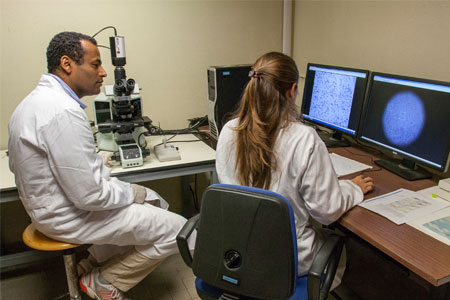- Authors:
-
Lønnebotn, M; Svanes, C; Igland, J; Franklin, Ka; Accordini, S; Benediktsdóttir, B; Bentouhami, H; Blanco, Jag; Bono, R; Corsico, A; Demoly, P; Dharmage, S; Dorado Arenas, S; Garcia, J; Heinrich, J; Holm, M; Janson, C; Jarvis, D; Leynaert, B; Martinez-Moratalla, J; Nowak, D; Pin, I; Raherison-Semjen, C; Sánchez-Ramos, Jl; Schlünssen, V; Skulstad, Sm; Dratva, J; Gómez Real, F
- Title:
-
Body silhouettes as a tool to reflect obesity in the past
- Year:
-
2018
- Type of item:
-
Articolo in Rivista
- Tipologia ANVUR:
- Articolo su rivista
- Language:
-
Inglese
- Format:
-
Elettronico
- Referee:
-
Sì
- Name of journal:
- PLoS ONE
- ISSN of journal:
- 1932-6203
- N° Volume:
-
13
- Number or Folder:
-
4
- Page numbers:
-
1-13
- Keyword:
-
Respiratory-health-survey, anthropometric measurements, mass index, weight, recall, women, association, adults, size
- Short description of contents:
- Life course data on obesity may enrich the quality of epidemiologic studies analysing health consequences of obesity. However, achieving such data may require substantial resources. We investigated the use of body silhouettes in adults as a tool to reflect obesity in the past. We used large population-based samples to analyse to what extent self-reported body silhouettes correlated with the previously measured (9-23 years) body mass index (BMI) from both measured (European Community Respiratory Health Survey, N = 3 041) and self-reported (Respiratory Health In Northern Europe study, N = 3 410) height and weight. We calculated Spearman correlation between BMI and body silhouettes and ROC-curve analyses for identifying obesity (BMI ≥30) at ages 30 and 45 years. Spearman correlations between measured BMI age 30 (±2y) or 45 (±2y) and body silhouettes in women and men were between 0.62-0.66 and correlations for self-reported BMI were between 0.58-0.70. The area under the curve for identification of obesity at age 30 using body silhouettes vs previously measured BMI at age 30 (±2y) was 0.92 (95% CI 0.87, 0.97) and 0.85 (95% CI 0.75, 0.95) in women and men, respectively; for previously self-reported BMI, 0.92 (95% CI 0.88, 0.95) and 0.90 (95% CI 0.85, 0.96). Our study suggests that body silhouettes are a useful epidemiological tool, enabling retrospective differentiation of obesity and non-obesity in adult women and men.
- Product ID:
-
102501
- Handle IRIS:
-
11562/979135
- Last Modified:
-
November 11, 2022
- Bibliographic citation:
-
Lønnebotn, M; Svanes, C; Igland, J; Franklin, Ka; Accordini, S; Benediktsdóttir, B; Bentouhami, H; Blanco, Jag; Bono, R; Corsico, A; Demoly, P; Dharmage, S; Dorado Arenas, S; Garcia, J; Heinrich, J; Holm, M; Janson, C; Jarvis, D; Leynaert, B; Martinez-Moratalla, J; Nowak, D; Pin, I; Raherison-Semjen, C; Sánchez-Ramos, Jl; Schlünssen, V; Skulstad, Sm; Dratva, J; Gómez Real, F,
Body silhouettes as a tool to reflect obesity in the past
«PLoS ONE»
, vol.
13
, n.
4
,
2018
,
pp. 1-13
Consulta la scheda completa presente nel
repository istituzionale della Ricerca di Ateneo 








